Citation, DOI, disclosures and article data
Citation:
Gaillard F, Sharma R, Alwalid O, et al. Longitudinally extensive spinal cord lesion. Reference article, Radiopaedia.org (Accessed on 05 Mar 2025) https://doi.org/10.53347/rID-26463
Longitudinally extensive spinal cord lesions (LESCL) represent extensive involvement of the spinal cord, with abnormal T2 signal traversing at least three vertebral body segments in length.
Longitudinally extensive spinal cord lesions (LESCL) are also commonly referred to as longitudinally extensive transverse myelitis (LETM), however, the two are not completely synonymous. The latter only includes inflammatory etiologies, whilst the former is more inclusive of other pathologies (e.g. spinal cord infarction).
There are many potential causes, including 1-9:
-
primary CNS autoimmune illness
-
systemic autoimmune illness
-
other causes of transverse myelitis
-
vascular
-
toxic
-
1. Barnett Y, Sutton IJ, Ghadiri M et-al. Conventional and Advanced Imaging in Neuromyelitis Optica. AJNR Am J Neuroradiol. 2013; . doi:10.3174/ajnr.A3592 - Pubmed citation
-
2. Matsuoka T, Matsushita T, Kawano Y et-al. Heterogeneity of aquaporin-4 autoimmunity and spinal cord lesions in multiple sclerosis in Japanese. Brain. 2007;130 (5): 1206-23. doi:10.1093/brain/awm027 - Pubmed citation
-
3. Trebst C, Raab P, Voss EV et-al. Longitudinal extensive transverse myelitis-it's not all neuromyelitis optica. Nat Rev Neurol. 2011;7 (12): 688-98. doi:10.1038/nrneurol.2011.176 - Pubmed citation
-
4. Shan F, Long Y, Qiu W. Autoimmune Glial Fibrillary Acidic Protein Astrocytopathy: A Review of the Literature. (2018) Frontiers in immunology. 9: 2802. doi:10.3389/fimmu.2018.02802 - Pubmed
-
5. Birnbaum J, Lalji A, Piccione E, Izbudak I. Magnetic Resonance Imaging of the Spinal Cord in the Evaluation of 3 Patients with Sensory Neuronopathies: Diagnostic Assessment, Indications of Treatment Response, and Impact of Autoimmunity: A Case Report. Medicine (Baltimore). 2017;96(49):e8483. doi:10.1097/MD.0000000000008483 - Pubmed
-
6. Dixon L, McNamara C, Dhasmana D, Taylor G, Davies N. Imaging Spectrum of HTLV-1–Related Neurologic Disease. Neur Clin Pract. 2023;13(3):e200147. doi:10.1212/cpj.0000000000200147 - Pubmed
-
7. Holroyd K & Berkowitz A. Metabolic and Toxic Myelopathies. CONTINUUM: Lifelong Learning in Neurology. 2024;30(1):199-223. doi:10.1212/con.0000000000001376 - Pubmed
-
8. Md Noh M, Bahari N, Abdul Rashid A. Tuberculous Myelopathy Associated with Longitudinally Extensive Lesion: A Clinicoradiological Review of Reported Cases. J Clin Neurol. 2020;16(3):369-75. doi:10.3988/jcn.2020.16.3.369 - Pubmed
-
9. Passeri M, Matthews E, Kammeyer R, Piquet A. Update in Autoimmune and Paraneoplastic Myelopathies: Newly Described Antigen Targets and Antibody Testing. Front Neurol. 2022;13:972143. doi:10.3389/fneur.2022.972143 - Pubmed
Related articles: White matter disorders
Promoted articles (advertising)



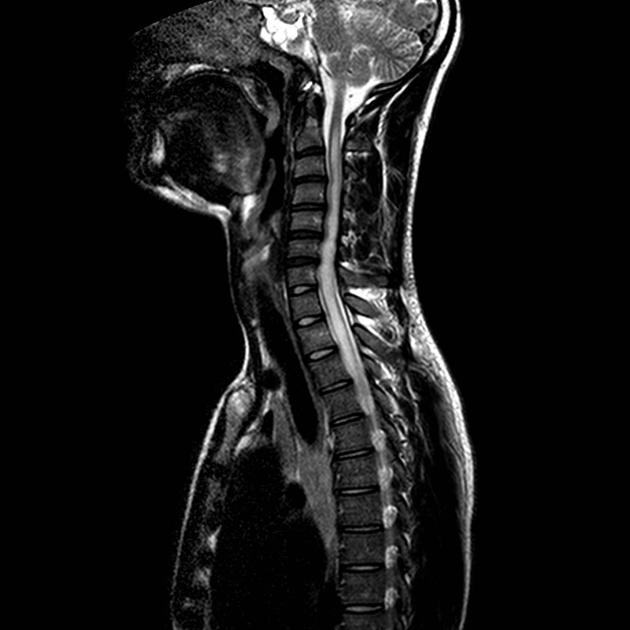
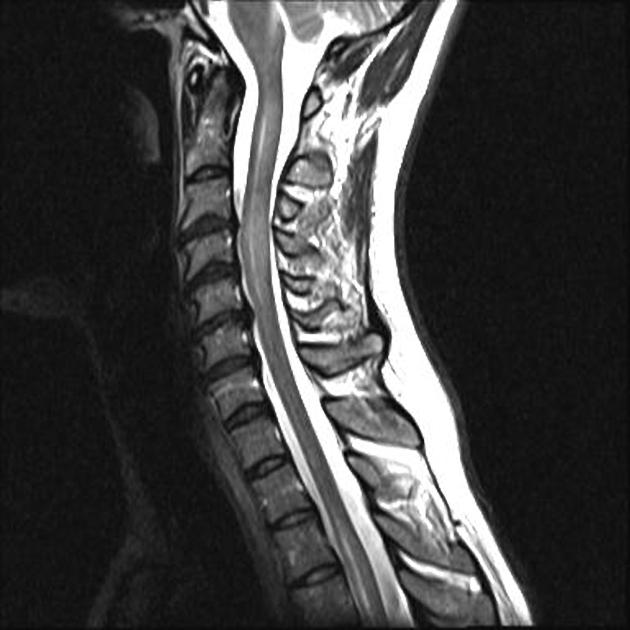
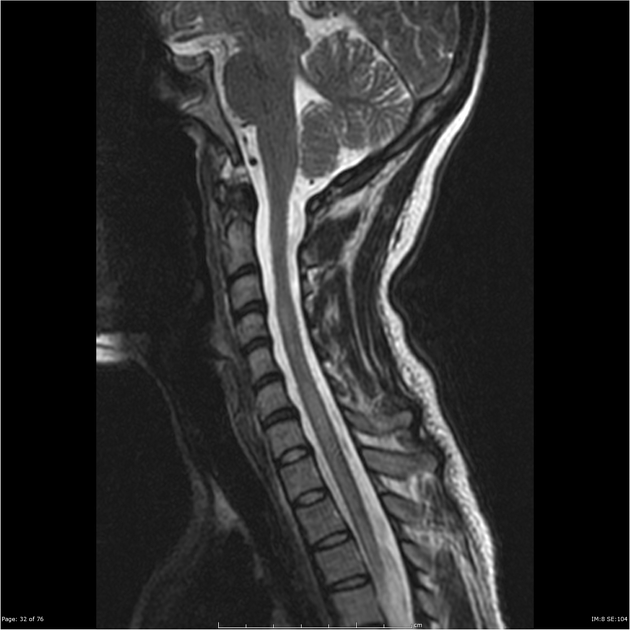
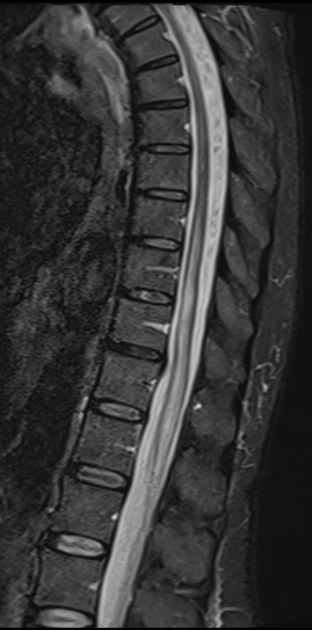
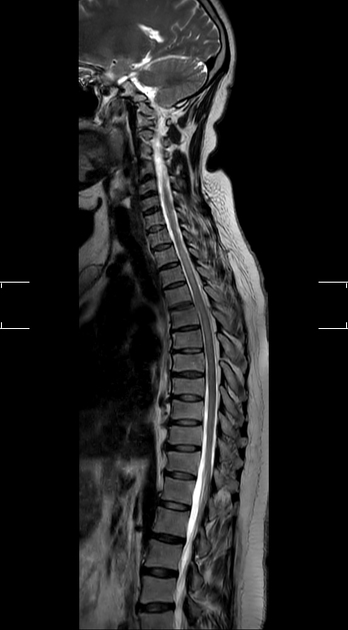
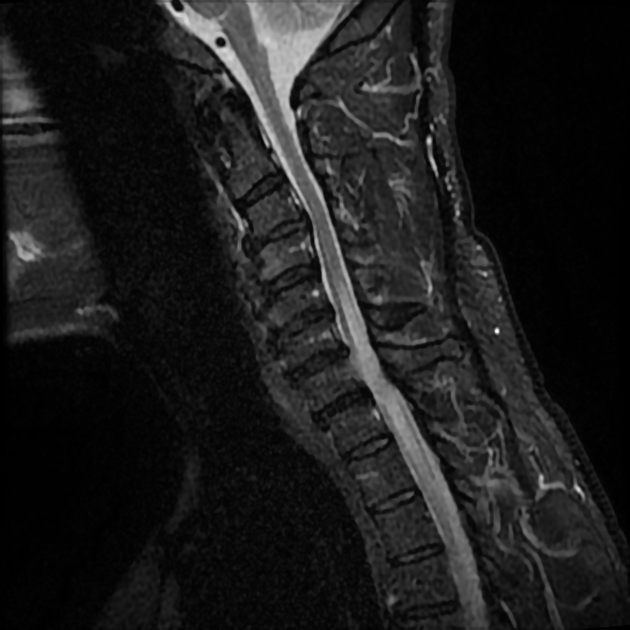
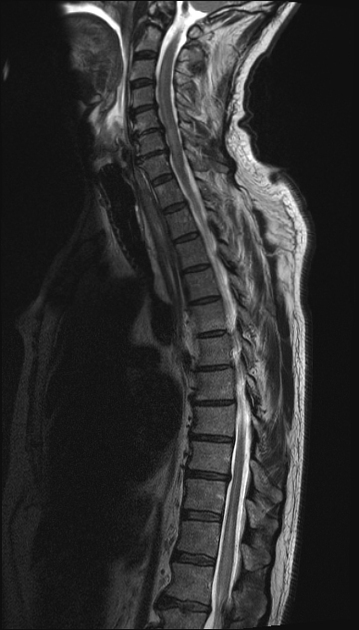
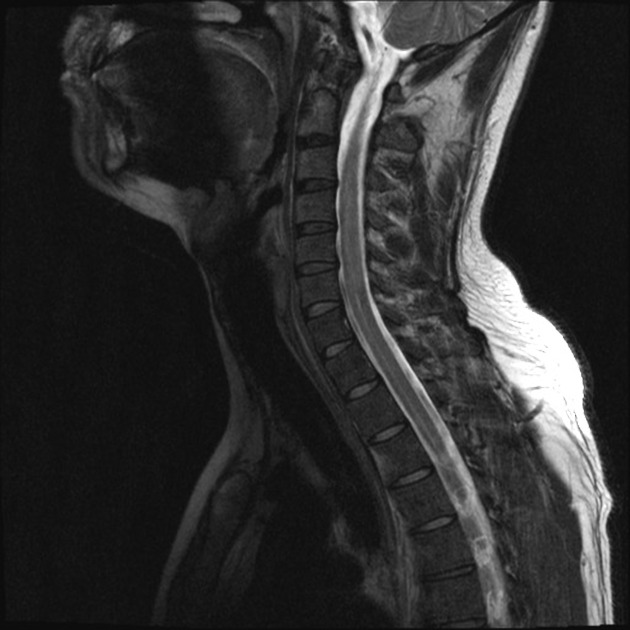
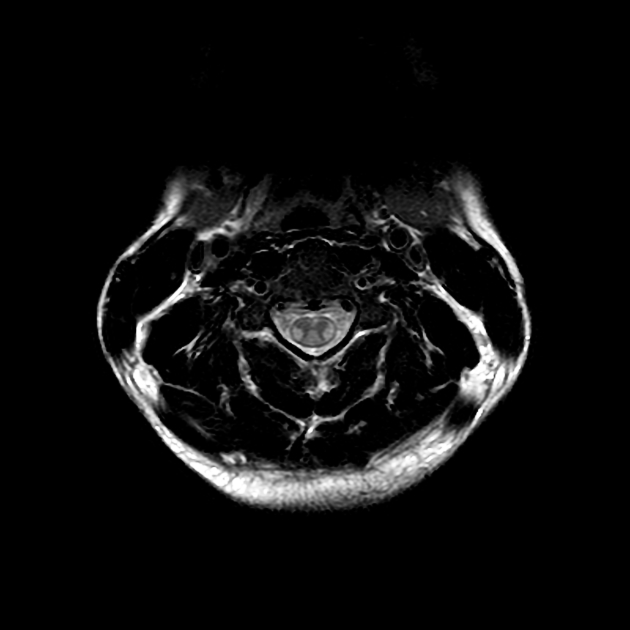


 Unable to process the form. Check for errors and try again.
Unable to process the form. Check for errors and try again.